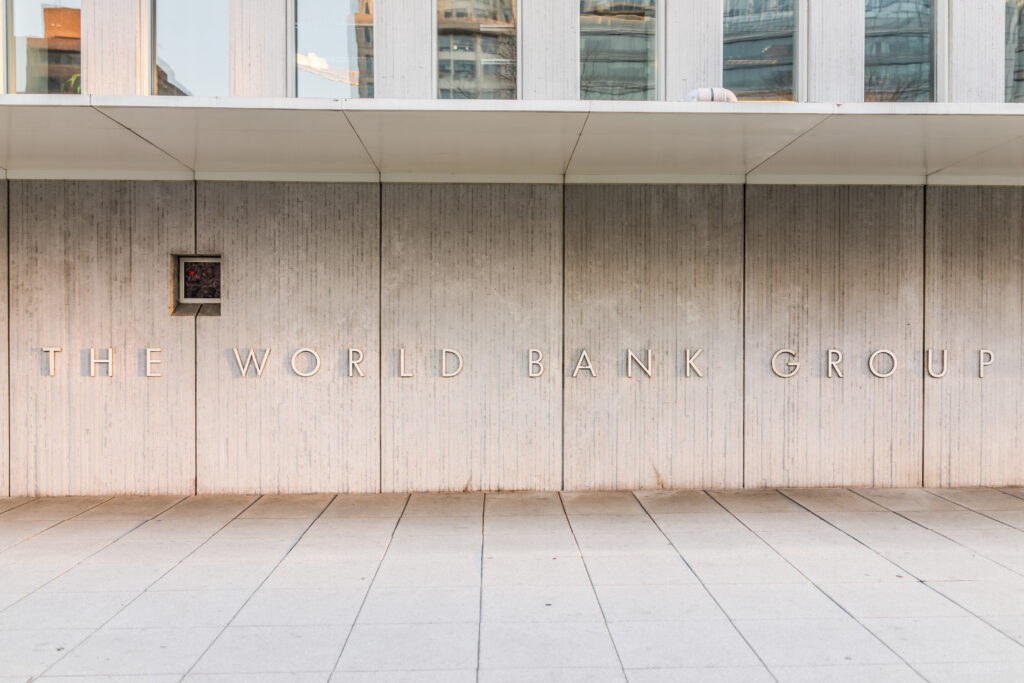Knowing the patterns and future directions of the global economy is more important than ever as we negotiate the turbulent waters of global economics. The economy is shaped by a variety of interrelated forces that can be both predictable and unexpected, such as geopolitical conflicts and technological breakthroughs. We explore the intricacies of evaluating the global economy in this piece, providing analysis and forecasts for the rest of the year.
1. Economic Growth:

- The Human Perspective: Picture yourself walking down a bustling street in a vibrant city. The pace of life seems to quicken with each passing day, mirroring the steady growth of economies worldwide. However, beneath the surface lies a delicate balance, influenced by factors such as consumer spending, business investment, and government policies.
- Predictions: For the remainder of the year, economists cautiously forecast a modest acceleration in global economic growth, driven by higher immunization stimulus programs, and swollen consumer demand. Still, there are a number of unknowns that could harm development predictions, such as supply chain interruptions, inflationary pressures, and geopolitical crises.
2. Employment Trends:
- The Human Perspective: Imagine sitting across from a friend at a local café, sharing stories of career aspirations and job opportunities. Employment trends not only affect individuals but also shape the social fabric of communities and nations. The pandemic-induced disruptions have left many grappling with job losses, underemployment, and economic insecurity.
- Predictions: While some economies have made significant strides in recovering lost jobs, others continue to face challenges in restoring pre-pandemic employment levels. The emergence of remote work, automation, and gig economy platforms has transformed the labor market, presenting both opportunities and challenges for workers and employers alike.
3. Inflation Dynamics:
- The Human Perspective: Consider your recent trips to the grocery store or gas station, where you may have noticed subtle changes in prices. Inflationary pressures impact individuals’ purchasing power, affecting everything from daily expenses to long-term financial planning. Understanding the underlying drivers of inflation is crucial for navigating economic uncertainties.
- Predictions: Economists are closely monitoring inflation dynamics, fueled by factors such as supply chain disruptions, surging demand, and monetary policy responses. While central banks aim to maintain price stability, there are concerns that persistent inflationary pressures could lead to higher interest rates, impacting borrowing costs and investment decisions.
4. Geopolitical Risks:
The Human Perspective: Imagine a world map dotted with geopolitical hotspots, where diplomatic tensions and power struggles shape international relations. Geopolitical risks, ranging from trade disputes to regional conflicts, have profound implications for global economic stability and investor confidence.
Predictions: The year ahead is fraught with geopolitical uncertainties, including escalating tensions between major powers, trade policy shifts, and geopolitical flashpoints. Such uncertainties could disrupt supply chains, drive commodity prices higher, and dampen investor sentiment, posing challenges for economic recovery efforts.
What is the latest economic outlook for the world?
The latest economic outlook for the world varies slightly depending on the source, but here are some key points from different institutions:
International Monetary Fund (IMF):
- Global growth is expected to stay at 3.1 percent in 2024 and increase to 3.2 percent in 2025, according to the 2024 World Economic Outlook Update.
- Economic activity is being impacted by higher central bank rates to fight inflation and less government support due to high levels of debt.
- It is anticipated that headline inflation will drop to 5.8% globally in 2024 and 4.4 percent globally in 2025.
Organisation Co-operation and Development (OECD):
- The forecast for global growth is 2.9 percent in 2023 and 2.7 percent in 2024.
- The global economy is expected to expand by 3% in 2025 as real incomes rise and inflation continues to decline.
World Bank Group:

- In 2024, global growth is predicted to drop to 2.4 percent, which would be the third year in a row of declines.
- Growth is being hampered by tight monetary policy, stringent lending requirements, and weak international trade and investment.
Economic forecasts are subject to change based on various factors, including policy decisions, geopolitical events, and unforeseen circumstances. It’s essential to stay informed and monitor updates from reliable sources for the most accurate and up-to-date information.
Conclusion:
In conclusion, assessing the world economy requires a nuanced understanding of the complex interplay between economic indicators, human behaviors, and global dynamics. While cautious optimism surrounds economic recovery efforts, uncertainties loom large on the horizon. By staying informed, adaptable, and resilient, individuals, businesses, and policymakers can navigate the evolving economic landscape and chart a course toward sustainable growth and prosperity.

